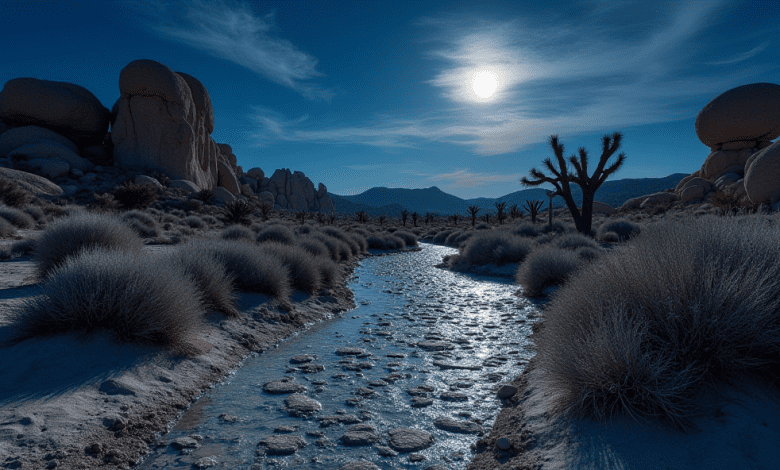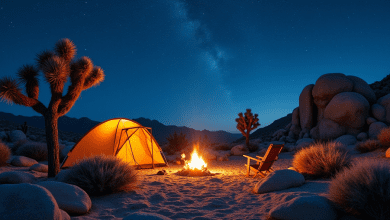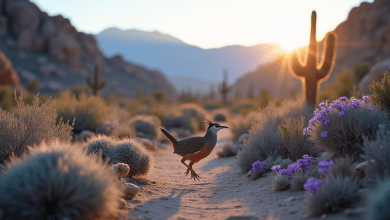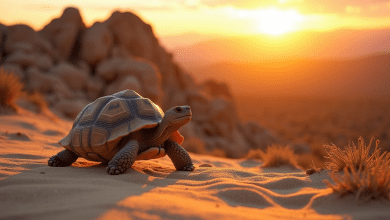Is Drinking Ground Water Safe at Joshua Tree National Park? A Guide to Water Safety in Desert Environments

Is it Safe to Drink Water from the Ground at Joshua Tree National Park?
Joshua Tree National Park is a breathtaking destination that draws visitors from all over the world. Its unique desert landscape, stunning rock formations, and diverse flora and fauna make it a haven for outdoor enthusiasts and nature lovers. However, one vital question arises when visiting this beautiful national park: Is it safe to drink water from the ground at Joshua Tree National Park? In this article, we’ll explore the water sources available, the potential risks associated with drinking untreated water, and the best practices for staying hydrated in this desert environment.
Understanding Water Sources in Joshua Tree National Park
Natural Water Sources
Joshua Tree National Park is primarily a desert ecosystem. As such, its natural water sources are minimal. The park does contain a few seasonal streams, springs, and seeps, but these sources can be unreliable and may dry up during periods of drought.
If you come across a natural water source in the park, it is crucial to understand that such water is rarely purified and can harbor bacteria, parasites, or contaminants. Thus, relying on these sources for drinking water without proper filtration or treatment is not advised.
Man-Made Water Sources
The park provides limited facilities where visitors can access potable water. As of now, there are several designated areas with drinking water, particularly at the entrances, campgrounds, and visitor centers. It’s essential to fill your water bottles at these locations instead of attempting to source water from the ground.
Risks of Drinking Untreated Water
Contamination Risks
Drinking untreated water from natural sources can expose you to various contaminants. Some common dangers in untreated water include:
- Bacteria: E. coli, salmonella, and other pathogenic bacteria can lead to gastrointestinal illnesses.
- Protozoa: Organisms like Giardia or Cryptosporidium can cause severe digestive issues.
- Chemical Contaminants: Runoff from roads, pesticides, and other chemicals can lead to water contamination.
Dehydration and Health Concerns
In addition to potential illness from contaminated water, relying on ground water can lead to dehydration, particularly in a desert landscape where temperatures can soar. Dehydration can cause headaches, fatigue, dizziness, and in severe cases, can even lead to heatstroke.
Best Practices for Staying Hydrated in Joshua Tree National Park
Bring Your Own Water
The best way to ensure your safety is to carry your own water supply. Experts recommend that visitors to Joshua Tree National Park pack at least one gallon of water per person per day, especially if engaging in strenuous activities like hiking.
Utilize Available Facilities
Take advantage of the drinking water available at visitor centers and campgrounds. Make it a practice to refill your water supply whenever you encounter a potable water station. Keep an eye on the park maps or ask park rangers for information about water locations.
Invest in Water Filtration Solutions
If you do plan on exploring remote areas or are involved in backcountry activities, it may be wise to invest in a water filtration system. Portable water filters, UV purifiers, or water purification tablets can make contaminated water safe to drink. However, they should be used with caution, and ideally, you should still prioritize drinking from reliable sources.
Stay Hydrated
Monitor your hydration levels. Even if you don’t feel thirsty, it’s essential to drink regularly, as you might not realize dehydration is setting in until it’s too late. Signs of dehydration include dry mouth, fatigue, and dark-colored urine.
Conclusion
In conclusion, while the stunning landscapes of Joshua Tree National Park can be alluring, caution must be taken regarding water sources. It is not safe to drink water from the ground. The risks associated with untreated water can lead to unwanted illnesses and health complications. Always come prepared, carry adequate water supplies, and utilize available facilities to ensure a safe and enjoyable visit to this majestic desert park.
By following these guidelines, you can focus more on the beauty of your surroundings and less on the worry about water safety. Happy adventuring!




